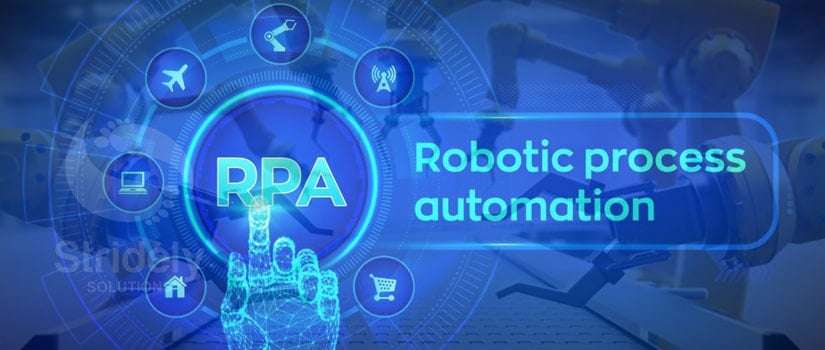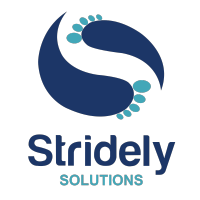How Robotic Process Automation Improves Efficiency of Manufacturing Sector?

Ever wondered how much does the execution of repetitive and mundane tasks cost to your company? Well, it does cost you huge.
Streamline processes & tasks to boost your business productivity, with Microsoft Power Automate!

Digitization happens to have a profound impact on business operations. Organizations are keenly eyeing upon apps to improve their business workflow and aid automation. As a matter of fact, there do prevail a number of applications that have the power to transform the course of day to day activities.
SAP Business One for Chemical Manufacturing Industry – Features, Benefits and More

Digitization has hit the entire business economy hard. Nearly every sector has undergone tremendous changes and the chemical manufacturing industry is no exception.
COVID-19: A Random Pandemic or an Event to change how World Operates?

The entire world is forced to lock themselves behind their door, self-isolate, and not step out for an indefinite period of time. Though the impact is equitable worldwide, one segment that is grappling to align their work with the ongoing trend is the corporate sector.
Audience Targeting in Modern SharePoint – A Comprehensive View

Microsoft always manages to stay at the top of the industry with innovations and enhancements. It starts with designing solutions for a problem and then, adding more features to optimize the functionality of the same.

